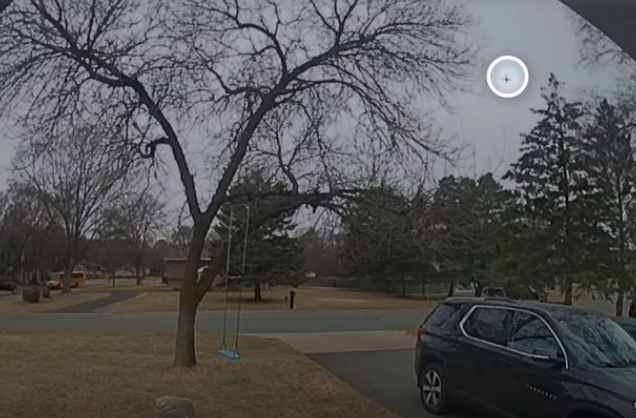General Aviation Accident Bulletin, September 18, 2023
AVweb’s General Aviation Accident Bulletin is taken from the pages of our sister publication, Aviation Safety magazine. All the reports listed here are preliminary and include only initial factual findings…

Aviation Safety Accident Bulletin
AVweb's General Aviation Accident Bulletin is taken from the pages of our sister publication, Aviation Safety magazine. All the reports listed here are preliminary and include only initial factual findings about crashes. You can learn more about the final probable cause on the NTSB's website at www.ntsb.gov. Final reports appear about a year after the accident, although some take longer. Find out more about Aviation Safety at www.aviationsafetymagazine.com.
June 4, 2023, Montebello, Va.
Cessna Model 560 Citation V
The airplane was destroyed when it impacted terrain at about 1523 Eastern time. Its fuel apparently was exhausted after the pilot became incapacitated. The airline transport pilot and three passengers were fatally injured.
The accident flight departed at 1313, destined for Long Island, New York. The last communication with it occurred at 1325, when ATC cleared the Citation to FL340 and the pilot read back the clearance. At 1328, ATC amended the clearance to FL330, but it was not acknowledged. The airplane climbed to FL340 and leveled off, on its cleared routing. Nothing further was heard from the flight.
The airplane arrived over its destination at 1432, still maintaining FL340. It then turned onto a track of about 240 degrees and started back the way it came. At 1520, the airplane was intercepted by fighter aircraft, which attempted to contact the pilot by radio, intercept flight maneuvers and flares. At 1522, it entered a rapidly descending right spiral into terrain.
June 6, 2023, Jamestown, N.Y.
Cirrus SR22
At about 1352 Eastern time, the Canadian-registered airplane was destroyed when it collided with terrain after an apparent loss of control shortly after takeoff. The two Canadian-certificated pilots were fatally injured.
The accident airplane took off at 1341, remained in the traffic pattern and performed a touch-and-go landing on Runway 31. On the go, at about 100 to 200 feet AGL, the airplane banked steeply left, leveled and then banked right, followed by deployment of its airframe parachute. It impacted a wooded area on the airport and was mostly consumed by fire. No debris path was observed. Flight control continuity was confirmed, the flap actuator corresponded to 50-percent extension and the elevator trim motor was in a neutral trim position. The engine had not yet been examined.
June 6, 2023, Panama City, Fla.
Dassault-Breguet Falcon 10
The airplane was substantially damaged at about 2017 Central time when it departed the runway following brake and thrust reverser failure on landing. The pilot, copilot and three passengers were not injured.
After an uneventful flight from Atlanta, Ga., the airplane touched down 2500 feet beyond the 10,000-foot-long runway’s threshold. The pilot extended the speed brakes and placed both engines into reverse idle. The thrust reversers never deployed, however. The pilot applied the wheel brakes and felt no deceleration. The copilot’s brakes also had no effect. The emergency brake system was engaged, but it too, had no effect. Electing to stay on the ground instead of attempting a go-around with unknown reverser status, the pilot tried to shut down the engines with the throttles but was unable because the reverser handles were still up.
Rolling off the end of the runway, the pilot ruddered the airplane between two runway approach light support poles before it came to rest after the landing gear collapsed.
June 8, 2023, Nephi, Utah
Piper PA-30 Twin Comanche
At about 1219 Mountain time, the airplane was substantially damaged while landing after diverting with an engine problem. The solo pilot was not injured.
While cruising at about 9500 feet MSL, the left engine decreased from 2400 rpm to 1000 rpm briefly and then went back to 2400 rpm. The pilot troubleshot the engine, but it continued to cycle sporadically between the two rpm extremes. During the landing flare at the divert airport, the left engine lost all power. The pilot applied right rudder to counter the lowered left wing, but the airplane touched down and exited the left side of the runway, damaging the right wing.
This article originally appeared in the September 2023 issue of Aviation Safety magazine.
For more great content like this, subscribe to Aviation Safety!






